Templestay Information Center (템플스테이 홍보관)
6.2Km 2022-10-17
56, Ujeongguk-ro, Jongno-gu, Seoul
+82-2-2031-2000
Templestay Information Center offers various information and services regarding templestays and temple meals for domestic and international visitors. The center also operates traditional cultural experiences, such as tea time with a Buddhist monk, traditional culture activities and more.
Bugaksan Mountain (북악산)
6.2Km 2024-03-04
Cheongun-dong, Jongno-gu, Seoul
+82-2-765-0297
Bugaksan Mountain is the mountain that one can see behind the Gyeongbokgung Palace and the Cheong Wa Dae to the north. Hanyangdoseong, the city wall that surrounded the historic capital of Hanyang, was built by connecting the ridges of this mountain. These walls can still be found today, having been preserved quite well. Different trails weave through the area along the Hanyangdoseong, the Seoul City Wall, and one can visit these trails at night as well. Bugak Skyway is a road that connects Changuimun Gate to Jeongneung Royal Tomb, and one can get a great view of Seoul’s city center from the Palgakjeong Pavilion on Bugak Skyway.
Haniljang (한일장)
6.2Km 2021-03-19
94, Supyo-ro, Jongno-gu, Seoul
+82-2-2265-7707
A bulgogi specialty restaurant located in Jongno, Seoul. The most famous menu is Korean beef bulgogi set menu. Experience bulgogi, a Korean traditional dish.
Changuimun Gate - Jahamun Gate (창의문(자하문))
6.2Km 2020-04-02
118, Changuimun-ro, Jongno-gu, Seoul
+82-2-2148-1822
Changuimun Gate was often called Jahamun Gate. It was one of four mini-gates in the north surrounding the walled city of Hanyang (Seoul) during the Joseon dynasty. After the closure of Sukjeongmun Gate, one of the four main gates, Changuimun Gate became a favorite north gate. Hence, people also called Changuimun the North Gate. It is the only gate among four mini gates that is still in its original state. Although it is small, almost 50m² in terms of size, it looks very firm and sturdy. While Dongsomun Gate, another of the four mini gates, is decorated with a phoenix, Changuimun Gate is adorned with a wooden chicken along its rafters. The reason behind the wooden chicken was that the chicken was believed to be the nemesis of the centipede. People believed that installing the wooden chicken was important to overcome the harmful spirit of the centipede.
Sujeong Pharmacy [Tax Refund Shop] (수정약국)
6.2Km 2024-04-22
1F, 195, Jangchungdan-ro, Jung-gu, Seoul
-
Sosohan Punggyeong (소소한 풍경)
6.2Km 2024-02-20
75 Jahamun-ro 40-gil, Jongno-gu, Seoul
Sosohan Punggyeong is the first restaurant that received the restaurant guide, Blue Ribbon Survey, in Korea. It is located in a renovated house with a courtyard. They offer a course menu featuring appetizers to desserts. One of the signature dishes is the gaji jjim (spicy eggplant soup), a dish made with eggplant and meat. It is recommended to make reservations in advance, as many guests prefer to book ahead.
Jogui Hansu (족의한수)
6.2Km 2024-10-15
93-1, Supyo-ro, Jongno-gu, Seoul
+82-2-2261-0310
A pig's trotter(s) specialty restaurant located in Jongno, Seoul. This restaurant's signature menu is braised pigs' feet. A restaurant serving both charcoal-grilled jokbal (pig's trotter) and spicy jokbal.
Look Optical - Hanyang Univ. Branch [Tax Refund Shop] (룩옵티컬 한양대)
6.2Km 2024-04-17
1F, 17, Majo-ro, Seongdong-gu, Seoul
-
Yeon Deung Hoe (Lotus Lantern Festival) (연등회)
6.2Km 2025-04-09
55 Ujeongguk-ro, Jongno-gu, Seoul
+82-2-2011-1744~7
Started approximately 1,200 years ago during the Silla dynasty and continued through the Goryeo Yeon Deung Hoe and Joseon lantern festival, the Yeon Deung Hoe Festival is a traditional festival registered as an Intangible Cultural Heritage and UNESCO Masterpiece of the Oral and Intangible Heritage of Humanity. The lanterns at Yeon Deung Hoe Festival brighten the heart and the world!
Gyeongbokgung Palace (경복궁)
6.2Km 2025-06-19
161 Sajik-ro, Jongno-gu, Seoul
+82-2-3700-3900
Gyeongbokgung Palace was built in 1395 as the official palace of the Joseon dynasty by Yi Seong-gye, the future King Taejo and founder of the new regime. Gyeongbokgung Palace is commonly referred to as the Northern Palace because of its location to the north, comparied to Changdeokgung Palace in the east and Gyeonghuigung Palace in the west. Gyeongbokgung Palace is arguably the most beautiful and is the largest of all five palaces. Many Joseon kings were crowned here. The premises were once destroyed by fire during the Imjin War (1592-1598). However, all of the palace buildings were later restored under the leadership of Heungseondaewongun during the reign of King Gojong. The assassination of Empress Myeongseong, however, resulted in Gyeongbokgung Palace losing its function as a royal palace, eventually witnessing the downfall of the Joseon dynasty. Gyeongbokgung Palace retains the original Gyeonghoeru Pavilion, a prime example of Joseon architecture, and the Hyangwonjeong Pavilion and pond. The sculptures in the Geunjeongjeon Hall exemplify Joseon-era sculpture techniques. The west side of the area outside Heungnyemun Gate is occupied by the National Palace Museum of Korea, while the eastern side of Hyangwonjeong Pavilion within the Gyeongbokgung Palace is occupied by the National Folk Museum of Korea.

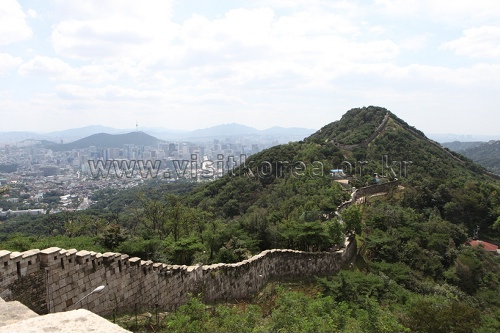
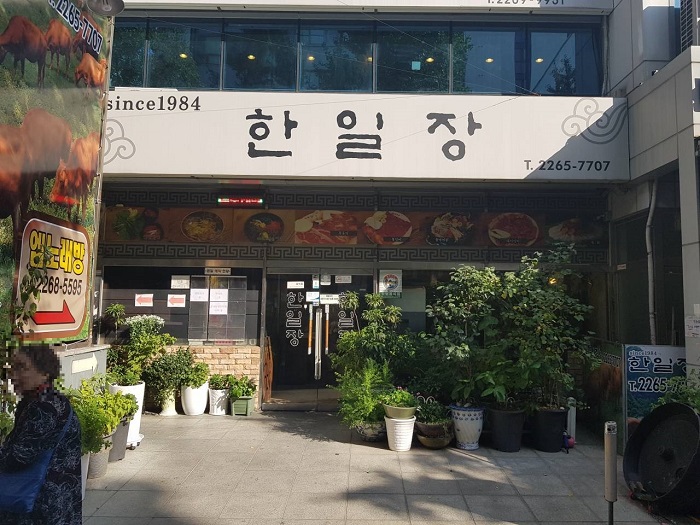
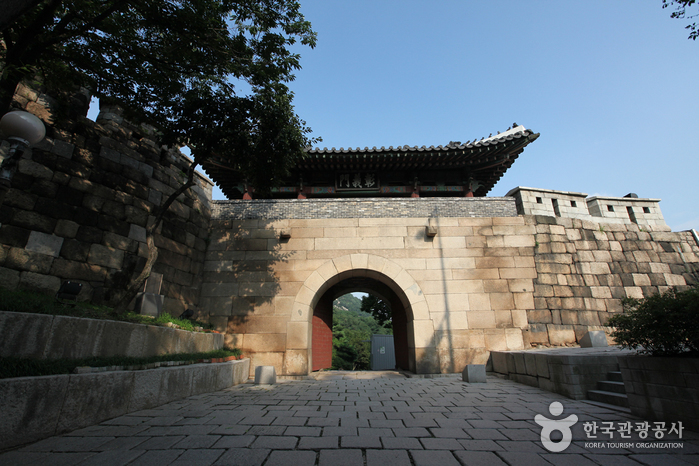
![Sujeong Pharmacy [Tax Refund Shop] (수정약국)](http://tong.visitkorea.or.kr/cms/resource/57/2878757_image2_1.jpg)
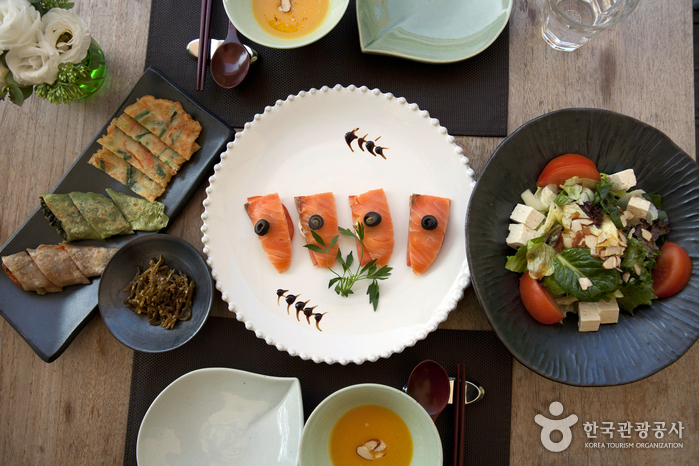
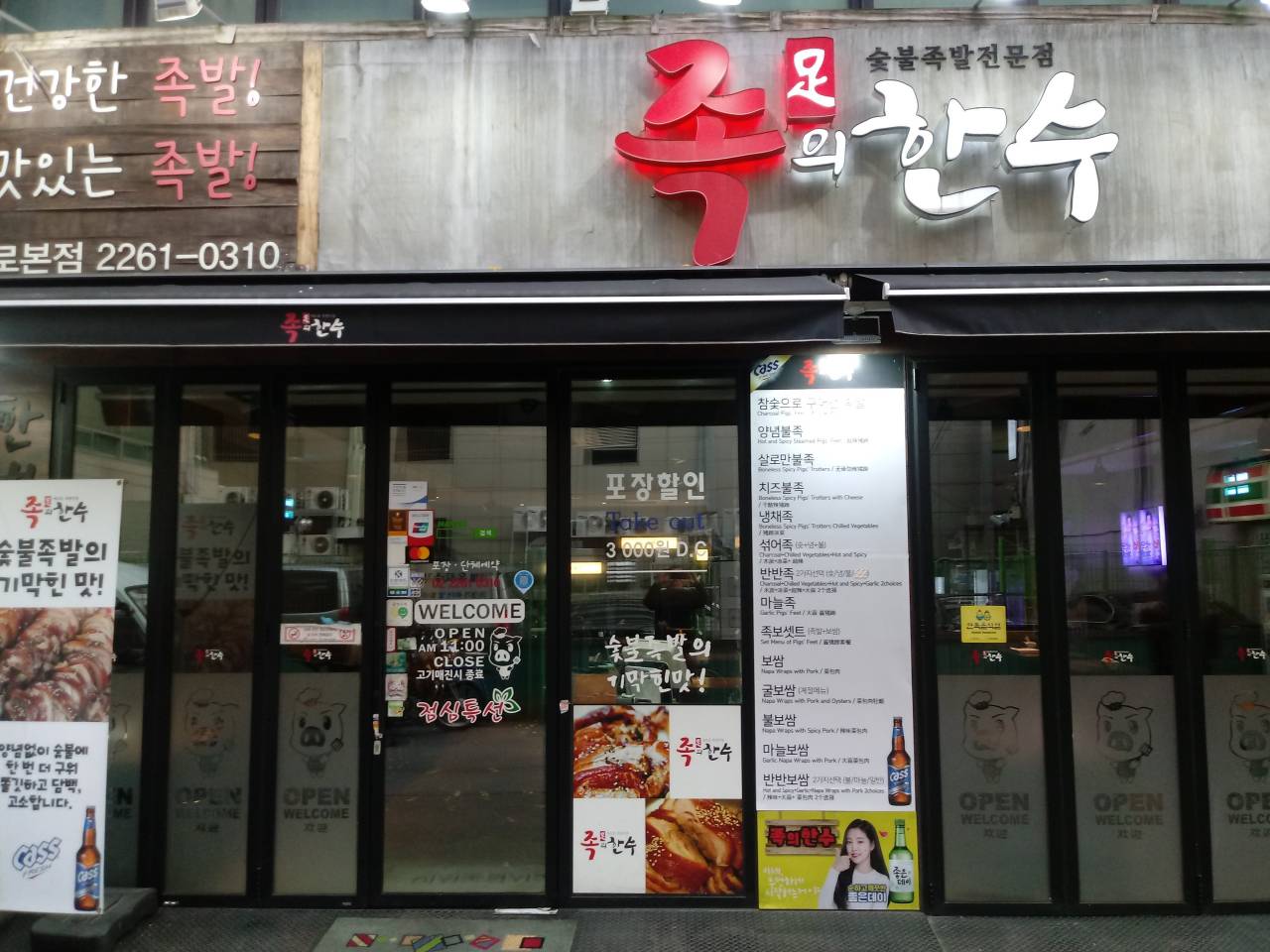
![Look Optical - Hanyang Univ. Branch [Tax Refund Shop] (룩옵티컬 한양대)](http://tong.visitkorea.or.kr/cms/resource/74/2878774_image2_1.jpg)
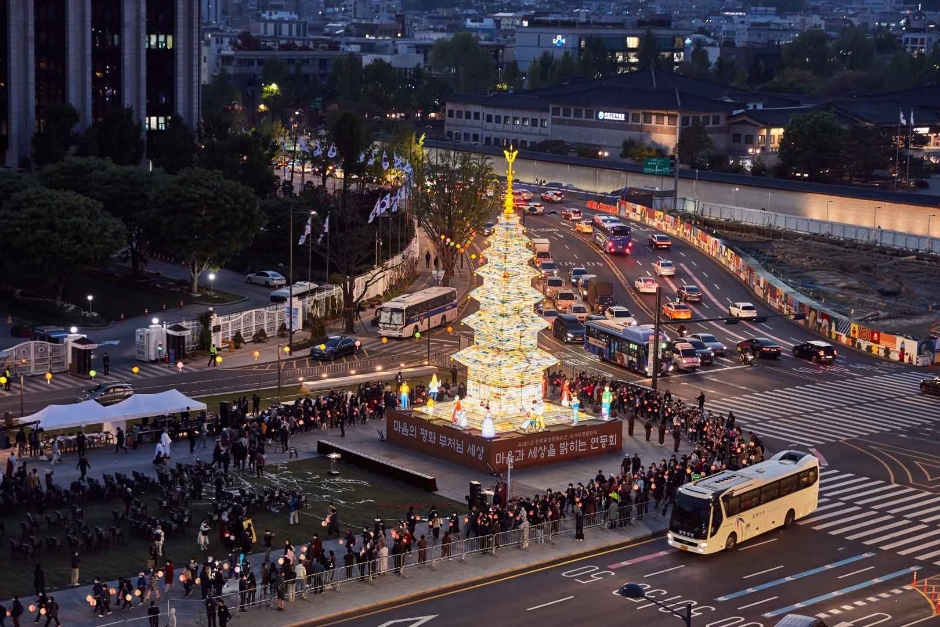

 English
English
 한국어
한국어 日本語
日本語 中文(简体)
中文(简体) Deutsch
Deutsch Français
Français Español
Español Русский
Русский